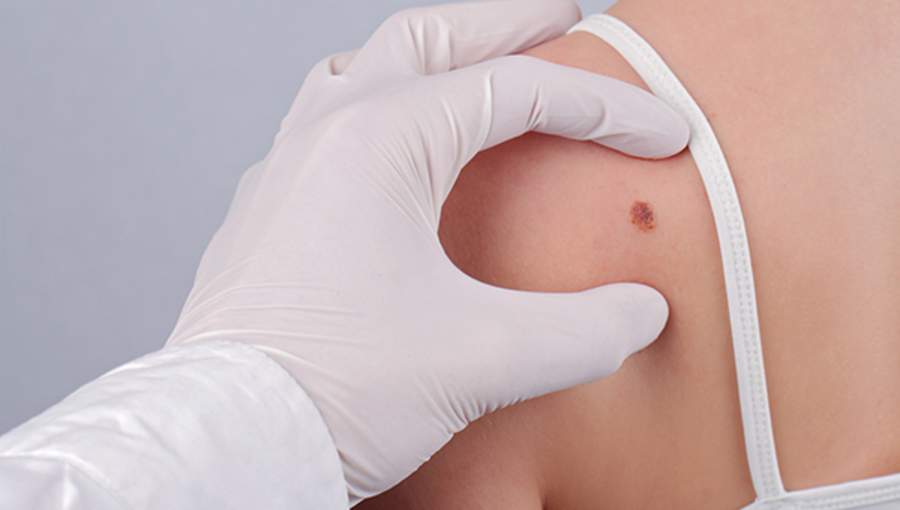By Leigh Sutton, M.D. / board certified dermatologist
The most common type of skin cancer is the basal cell carcinoma with over 5 million cases a year treated in the United States alone. As this tumor usually occurs in sun exposed areas it would make sense that many times important areas such as the nose, the ears, the face, or the eyelids are involved. Mohs skin cancer surgery is a technique used to give the highest cure rate while preserving the greatest amount of uninvolved tissue in these sensitive areas.
Mohs surgery requires an experienced surgeon as well as access to a processing lab so that tissue can be immediately analyzed. Mohs surgery is unique to certain surgeons who are not only trained in surgery, but also in reading the tissue specimens at the time of the surgery. Thin layers of tissue are removed and then processed in a special way so that the majority of the edges can be examined. If the edges are found to contain cancer cells then another layer is removed and processed in the same way. This continues until the specimens are found to be free of cancer cells. Then the resulting wound is repaired.
This procedure is performed under local anesthesia. Although there are always exceptions, the average patient requires 1 to 3 layers to get to the cancer free endpoint. Patients should plan to potentially spend several hours at the clinic for this procedure as there is some wait time while the layers are being processed, then analyzed.
I am pleased to offer this service to the patients of Sutton Dermatology, having completed a fellowship in this procedure at the Baylor College of Medicine in Houston.




Leave a Reply